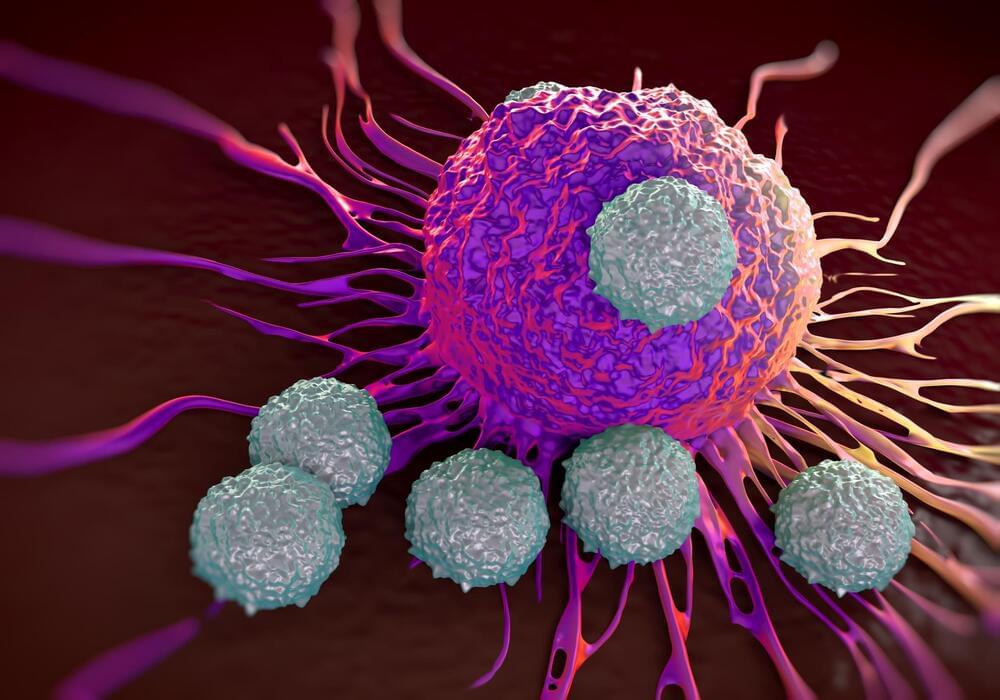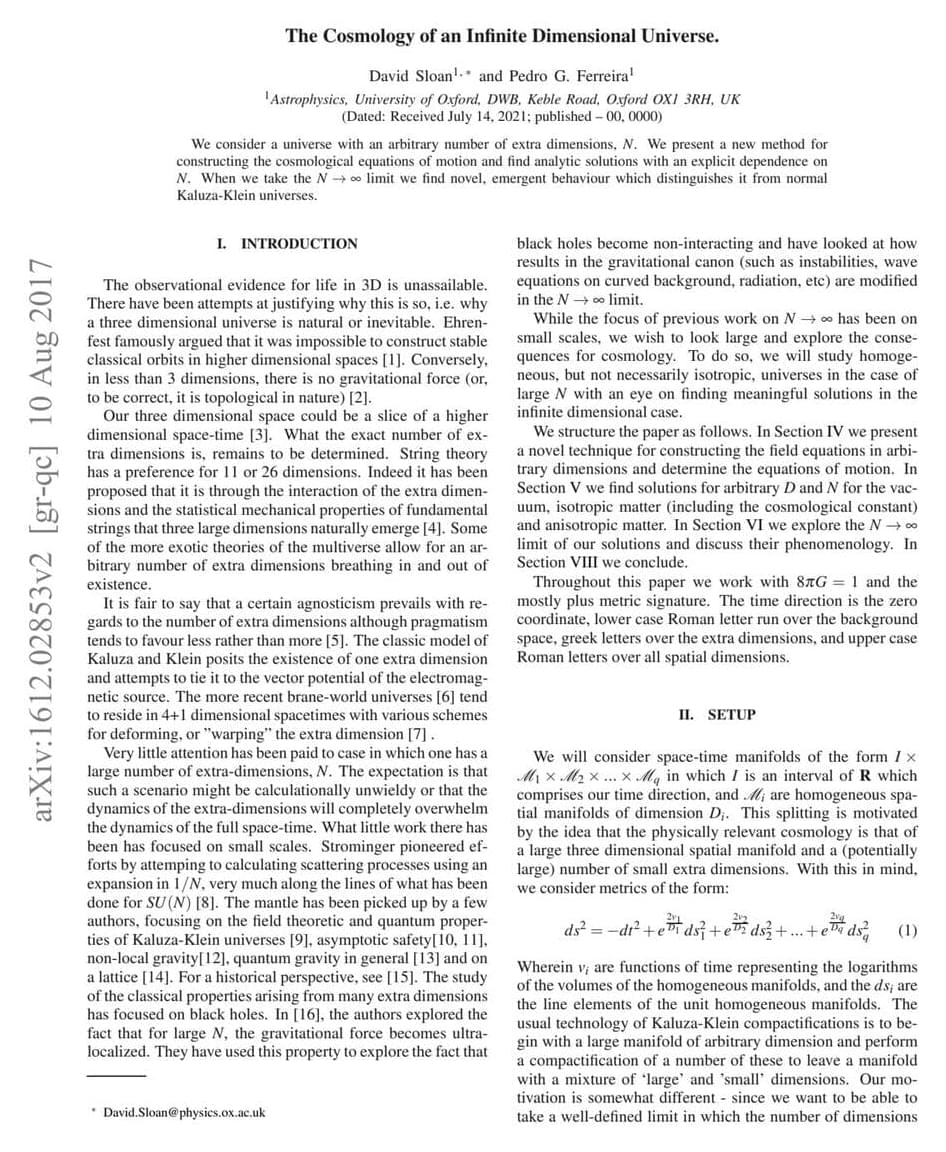The findings offer hope for the development of anti-cancer drugs that make it harder for tumor cells to evade our immune systems.




For several years, Jimo Borjigin, a professor of neurology at the University of Michigan, had been troubled by the question of what happens to us when we die.
New research into the dying brain suggests the line between life and death may be less distinct than previously thought by Alex Blasdel.






